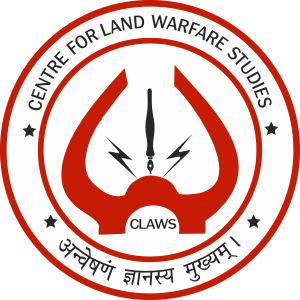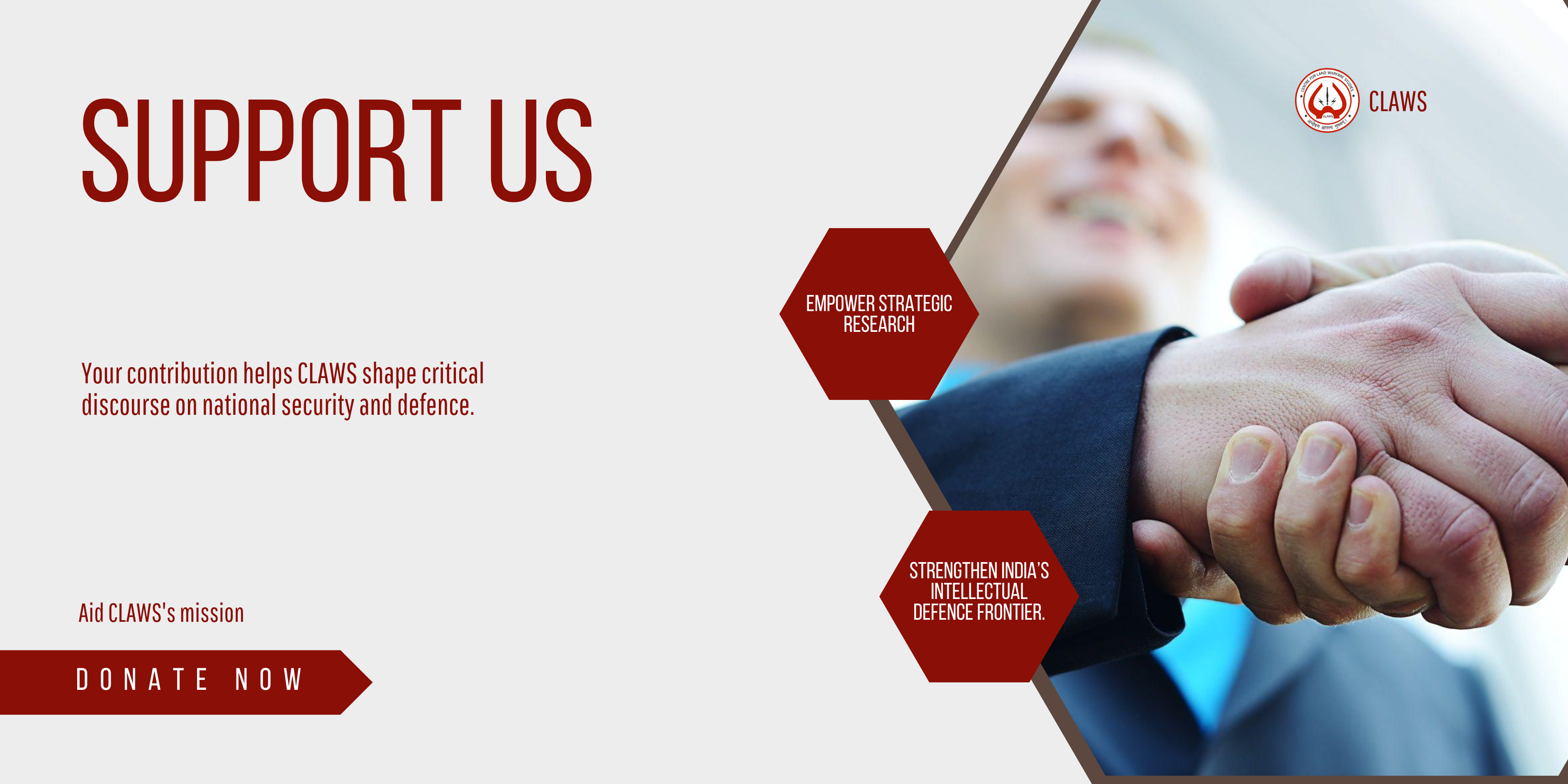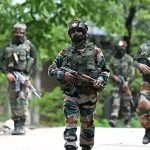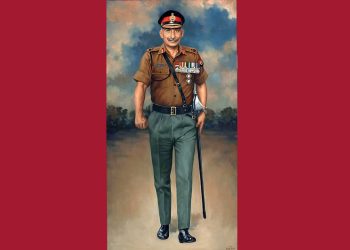In an image that made global headlines, Indian Prime Minister Narendra Modi and Russian President Vladimir Putin walked hand in hand toward Chinese President Xi Jinping at the Shanghai Cooperation Organization (SCO) Summit in Tianjin. Far from a routine diplomatic photo-op, the trio’s bonhomie became the talk of the SCO, momentarily eclipsing the summit’s official declaration.
The SCO Summit, convened in Tianjin from August 31 to September 1, brought together leaders from over 20 countries and heads of 10 international organisations. This marked the fifth time China has hosted the summit and the largest gathering since the Organization’s inception.
Beyond symbolic moments, the summit delivered a series of substantive outcomes. A development strategy for 2026–2035 was adopted, charting the SCO’s direction for the next decade. Member states agreed to establish an SCO development bank to drive infrastructure and economic growth, and inaugurated four new centers focused on countering security threats, transnational crime, cybersecurity, and drug trafficking. The summit also reinforced support for multilateralism and the global trading system, while launching new platforms for cooperation in energy, green industry, digital economy, technological innovation, and education. Structural reforms were also introduced, including the merger of observer states and dialogue partners into a unified ‘SCO partner’ category, with Laos joining as the newest member, expanding the organization to a 27-nation framework.
Emergence of Russia on World Stage
During the Council of Heads of State meeting in SCO, Russian President Putin used the platform to reassert Russia’s relevance and leadership in shaping a multipolar world order. Emphasising on the foundational principles of the SCO – international law, the right to self-determination, sovereign equality, non-interference, and respect for national interest – as essential to uniting like-minded states committed to building a fair and balanced global system, Putin stressed that the Tianjin Declaration reflects the consensus of participating countries on global issues. The adoption of the SCO Development Strategy until 2035, aimed at expanding cooperation in politics, economics, security, and humanitarian fields, is expected to serve as a guiding document for deeper integration among SCO members in the years ahead.
On the economic front, Putin highlighted that the SCO’s average growth in gross domestic product (GDP) in 2024 across member states increased to 5 per cent, with an increase in industrial production by 4.6 per cent. The grouping also saw steady growth in reciprocal trade and increasing use of national currencies for mutual settlements. In a bid to further fortify the group’s financial independence, Putin voiced Russia’s support towards “the issuance of joint bonds by member states, the creation of the SCO’s own payment settlement and depository infrastructure and the establishment for the bank for joint investment projects,” which would result in the enhancing of the organization’s “economic exchanges” and provide a “shield from external market fluctuations.”
Beyond economics, Putin framed the SCO as a rising force for “global development and multilateralism,” due to its contribution towards “strengthening the spirit of cooperation and mutual trust across the Eurasia,” resulting in a “new system of stability, security and peaceful development” in the region which takes into account the interests of all the nations.
Therefore, through both rhetoric and policy, Putin used this year’s SCO Summit not only to reinforce Moscow’s strategic partnerships but also to project itself as a key player in the emerging world order, that is more Global South focused, confident, connected, and increasingly unfazed by Western pressure.
Diplomacy on the Sidelines
As the event became less about the summit and more about the meetings on the sidelines, a much-awaited bilateral meeting was held between Putin and Modi. Post the proceedings at the SCO Summit, in a move that surprised few but drew notable global attention, Putin and Modi, exuding bonhomie, travelled together to the venue of their hour-long bilateral talks. Upon reaching the venue, the two leaders spent an additional 45 minutes together, discussing various issues off the record.
The two leaders last met in 2024 during the 16th BRICS Summit in Kazan. This is their first meet since Trump’s return to office on 20 January 2025.
December 2025 would mark 15 years of the signing of the “Special and Privileged Strategic Partnership” between the two nations. Putin emphasised that the multifaceted Russia-India relations continue to be actively based on the same principles, ensuring regular interactions and cooperation. He also noted that both nations maintain close coordination on international issues in forums such as the BRICS, G20 and United Nations as well.
PM Modi underscored the momentum gained through the various high-level meetings that both sides have undertaken in the recent times, resulting in the strengthening of the time-tested partnership between India and Russia, which has also been essential for global peace, stability and prosperity.
Additionally, the two nations are said to deepen bilateral cooperation in the economic, financial, and energy sectors. Both sides are already said to be in-talks regarding some of these. As Washington aims to alienate India with the additional 25 per cent tariffs, experts suggest the possibility of closer Russia-India ties through defence contracts, Rupee-Ruble payment systems, increased bilateral trade and discussions on growing energy supplies.
The upcoming 23rd Russia-India Summit in December hosted by New Delhi would be another milestone to this bilateral journey. It will be Putin’s first visit to India since the start of the conflict in Ukraine. The bilateral meeting also comes two days after the PM Modi spoke with Ukrainian President Volodymyr Zelenskyy, wherein both leaders shared their vision of how to achieve peace in Ukraine.
From Standoff to Dialogue
The visit of Chinese Foreign Minister Wang Yi to India ahead of the summit suggested a tentative thaw in India-China relations, indicating the shifting dynamics in the region. As PM Modi meet President Jinping on the sidelines of the Summit, the latter revisited both nation’s progress in bilateral exchanges and cooperation since the 2024 Kazan Summit. Xi stressed on the “strategic and long-term perspective” of the bilateral relations, that would lead to a “sustained, sound and steady development.” Portraying the two neighbours as “partners” rather than “rivals” PM Modi stated that their relations are back on a “positive trajectory.”
Later, during a press briefing, Indian Foreign Secretary Vikram Misri noted that the two sides have reached an understanding on the border issue and consensus on the resumption of direct flights. Even though the Indian leader reiterated the will to develop the bilateral ties from a long-term perspective, he highlighted India’s preparedness to seek a fair, reasonable and mutually acceptable settlement of the boundary question with China. Therefore, as relations between the two nuclear powers improve, a stronger India-China cooperation is said to increase the strength of multilateralism in the 21st century.
Old Allies Deepening Ties
The meeting between Putin and Xi, post the SCO Summit, aimed at further strengthening and promoting the comprehensive partnership and strategic cooperation between the two nations. Emphasising on the historically resilient partnership that has weathered global shifts, Xi noted the Moscow and Beijing continue to reflect on the principles of “good-neighbourliness, comprehensive strategic coordination, mutual benefit, and win-win cooperation.” Reaffirming China’s commitment to the Global Governance Initiative, Xi stressed on role of China and Russia as influential global powers, leading to strengthened coordination within key multilateral organisations such as the United Nations, SCO, BRICS, and the G20.
President Putin signed a package of deals, particularly memorandum of cooperation in the digital transformation of healthcare; the establishment of Russian-Chinese pilot and demonstration zones for agricultural cooperation in the Russian Far East; strategic cooperation in the peaceful use of nuclear energy; and the integration of the Russian scientific instrument, the Lunar Dust Monitor, into China’s Chang’e-7 spacecraft mission.
Additionally, the two sides signed a roadmap for implementing the Unified Development Concept for Bolshoi Ussuriysky Island, along with a Strategic Cooperation Agreement between Gazprom and the China National Petroleum Corporation. Several protocols were also concluded between the Federal Service for Veterinary and Phytosanitary Control of Russia and China’s General Administration of Customs, aimed at facilitating smoother trade in agricultural and food products.
Cooperation in higher education and scientific research featured prominently as well, with agreements to establish a Russian-Chinese Institute for Fundamental Research and to jointly finance scientific research projects, signalling a shared commitment to innovation and long-term academic collaboration.
Therefore, the old allies seem to be deepening their strategic alliance not just as bilateral partnership but as a cornerstone of an emerging multipolar world order. In essence, the post-SCO meeting not only consolidated existing frameworks of cooperation but also laid the groundwork for a more integrated and assertive Sino-Russian axis on the global stage.
Talks between Putin and Xi, were further said to have continued at the Chinese Leader’s private residence, Zhongnanhai, marking another moment showing their commitment towards the partnership.
RIC: Gets a Boost?
Throughout the Tianjin Summit, there were glimpses of the three world leaders – Putin, Modi and Jinping sharing hugs, smiles and handshakes. While the Summit signalled Russia’s global isolation crumbling, it also put all eyes on a possible revival of the Russia-India-China (RIC) troika.
Born out from an initiative led by former Russian Prime Minister Yevgeny Primakov in the late 1990s, the RIC gained traction as a strategic counterweight to the US dominance post-Cold War. Aiming to promote a multipolar global system based on sovereign equality and regional cooperation, the grouping that convened 20 ministerial level-meeting, bringing together representatives from various sectors. With the expansion of the format in the late 2000s, the scope of RIC cooperation broadened to areas like agriculture, public health, innovation, and emergency response.
While interactions under the RIC umbrella remain stalled following the India-China military standoff in 2020, Modi’s mention of visible peace and stability in border regions during his meeting with Xi indicate a cooling of bilateral tensions. Many American experts have emphasised the importance of India as a strategic partner, noting that closer ties between New Delhi and Beijing would be a cause for concern for the United States. However, an easing in tensions does not automatically prompt India to re-engage in the troika, as the gains still remain unclear.
In recent months, both, Russia and China have explicitly reiterated their will to revive the RIC framework. Russian Deputy Foreign Minister Andrei Rudenko, in an interview with Izvestia, confirmed that Moscow is in active dialogue with both New Delhi and Beijing regarding the resumption of RIC consultations. Echoing similar sentiments during a regular press briefing, Chinese Foreign Ministry spokesperson Lin Jian asserted that RIC cooperation aligns with the shared interests of all three countries and contributes to regional and global stability. He also stated that China remains open to communication with Russia and India on advancing trilateral collaboration.
While the SCO Summit camaraderie indicates the strengthening of South-South cooperation, the Summit has garnered significant criticism from the United States. Highlighting the trade relationship between Washington and New Delhi, US President Donald Trump described it as a “one-sided disaster.” Senior figures like US Treasury Secretary Scott Bessent have called the SCO “largely performative.”
Downplaying the significance of the trio meeting in Tianjin, Bessent reiterated on claims indicating that India and China are fuelling the Russian war machine. He further confirmed that the Trump administration was considering imposing additional sanctions on Russia.
Nevertheless, for India, the differences in opinions on matters of terrorism as seen during the SCO Defence Ministers meet and on initiatives like the Belt and Road Initiative (BRI) endorsed by Moscow and Beijing, remains of concern. Yet in the backdrop of shifting relations between New Delhi and Washington, RIC in its informal format could offer India with a diplomatic leverage. Therefore, in the face of tariffs and sanctions, the trilateral appears less like a relic of the past and more like a strategic partnership for a reconfigured world order, that values strategic autonomy, regional cooperation and the shared vision of multipolarity.
However, what remains to be seen is whether Trump’s tariff threats will ultimately achieve what he has long promised since his early days in office – an end to the war in Ukraine.
One message is clear though: Russia-India-China are drawing closer and are likely to see improved relations, bilaterally and within multilateral frameworks, even if only momentarily.














